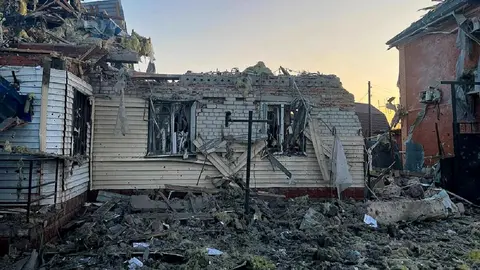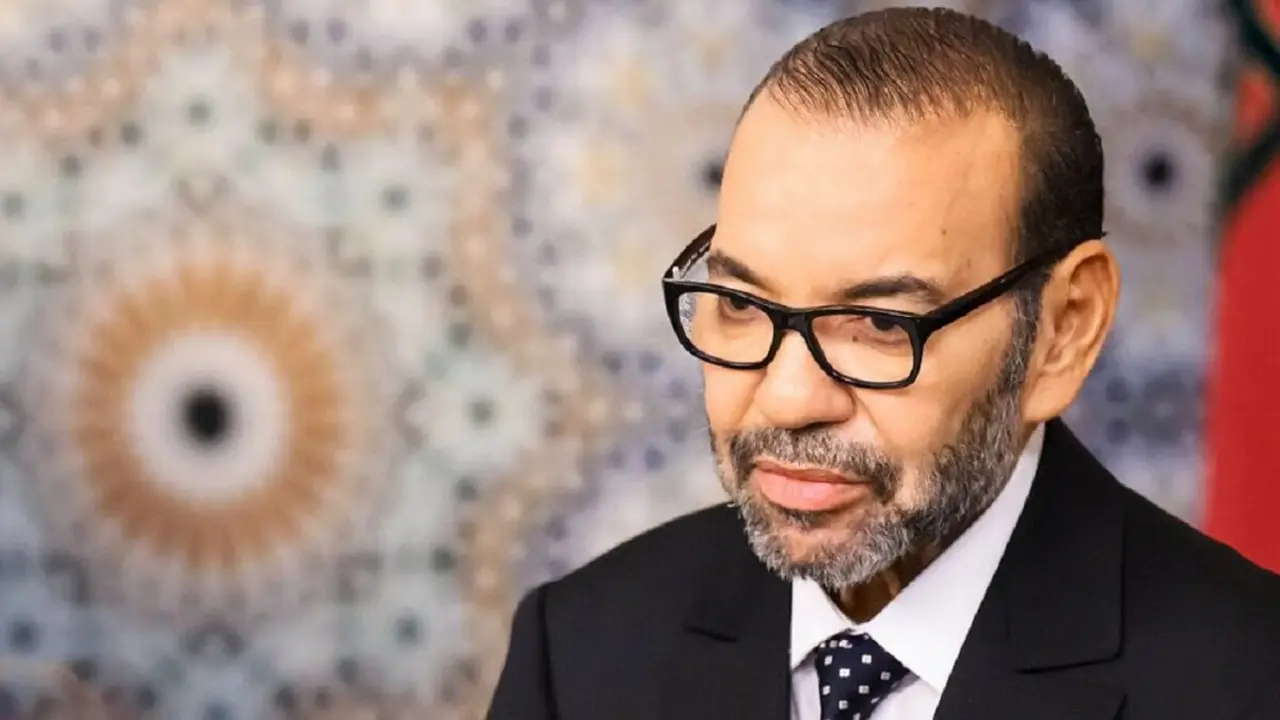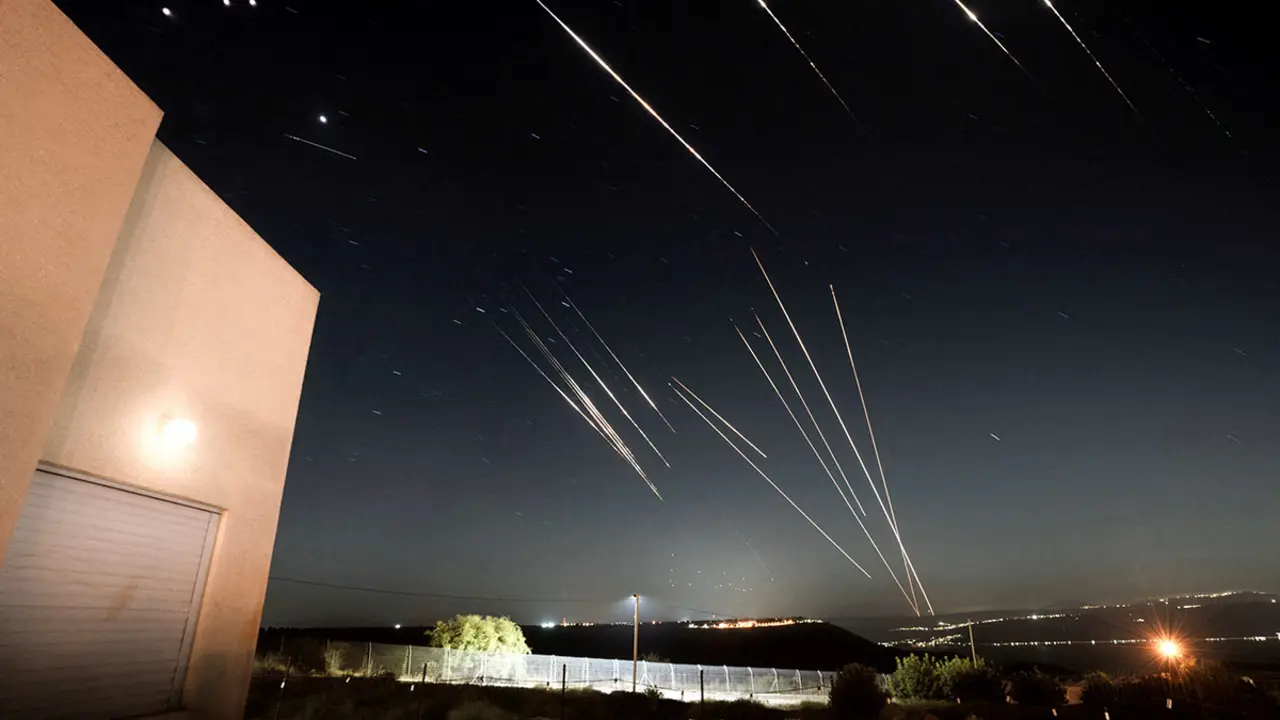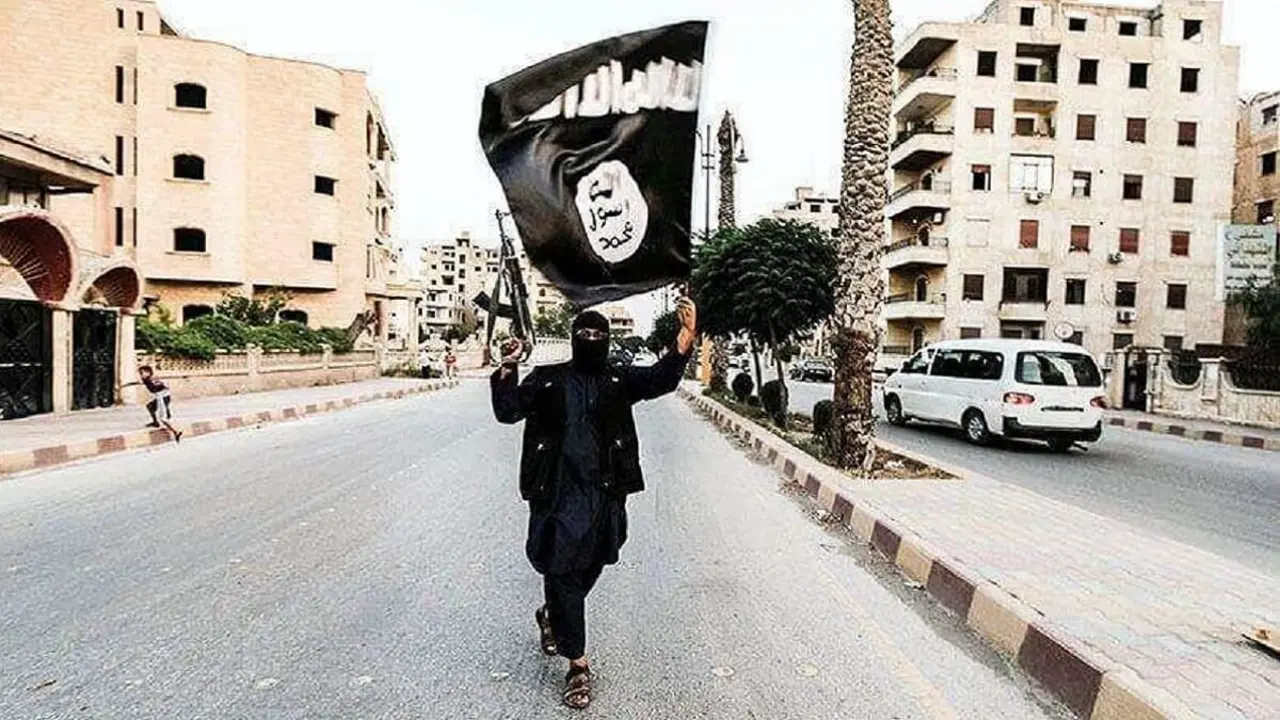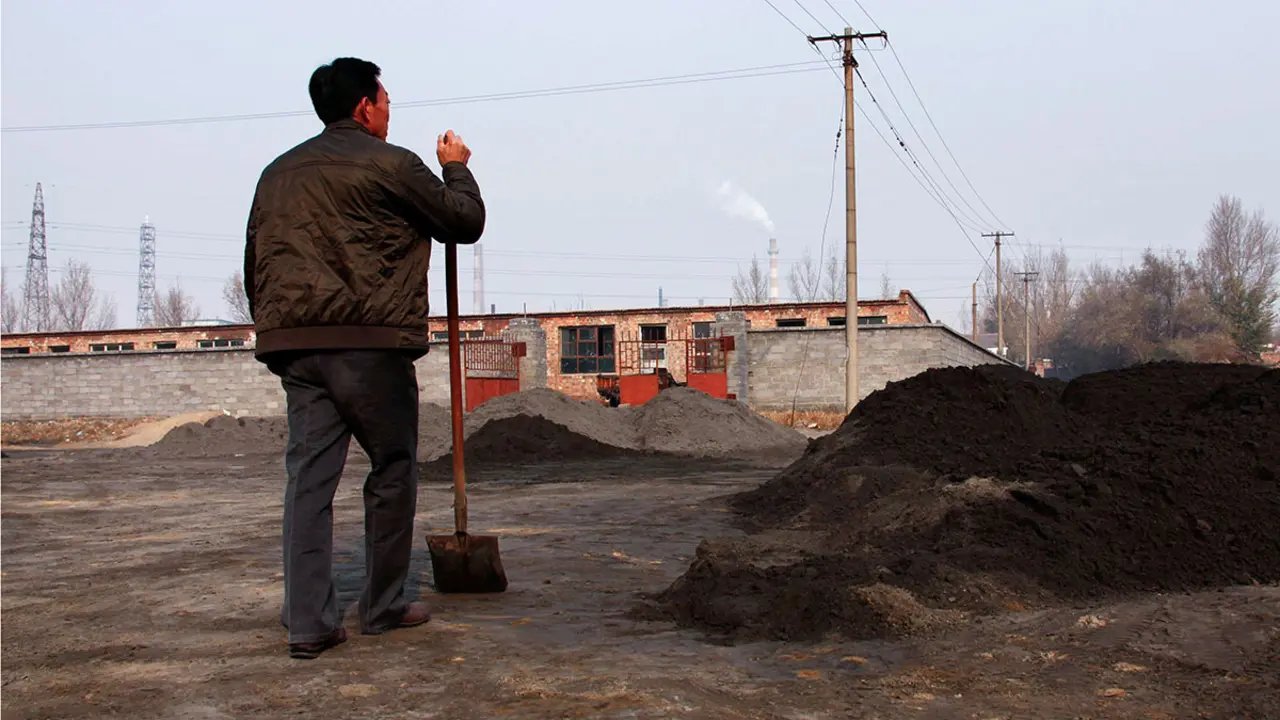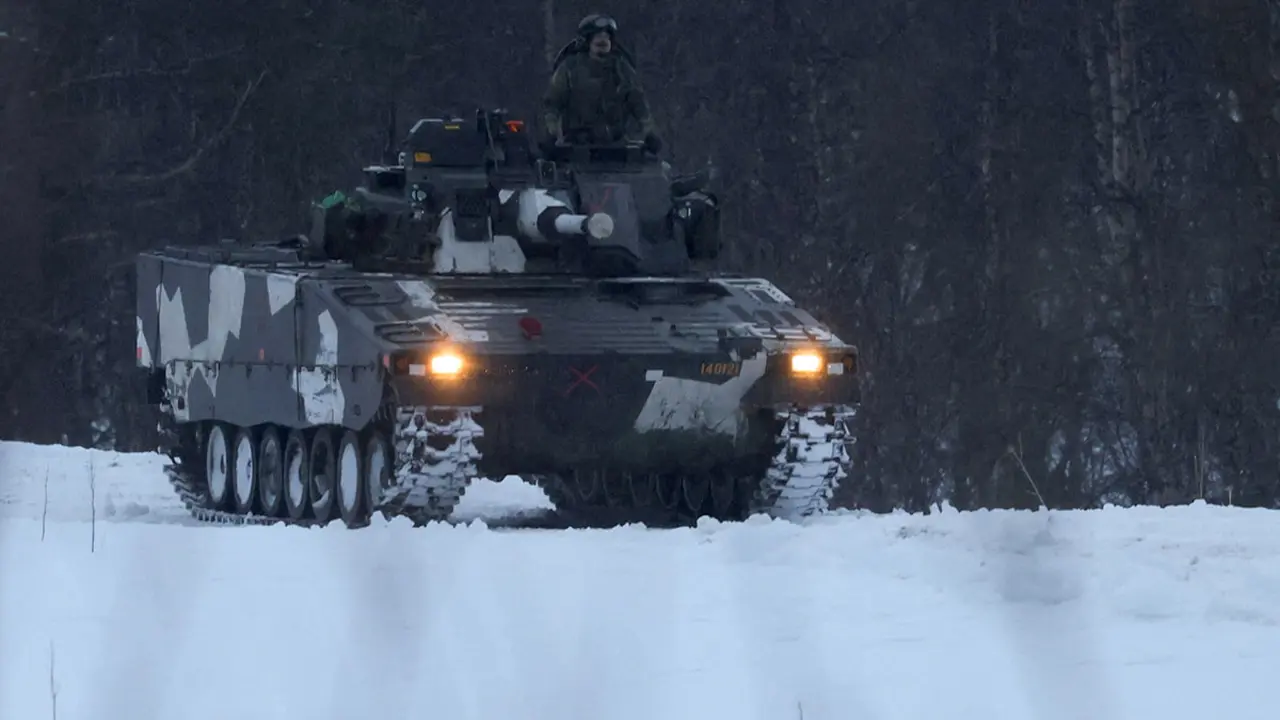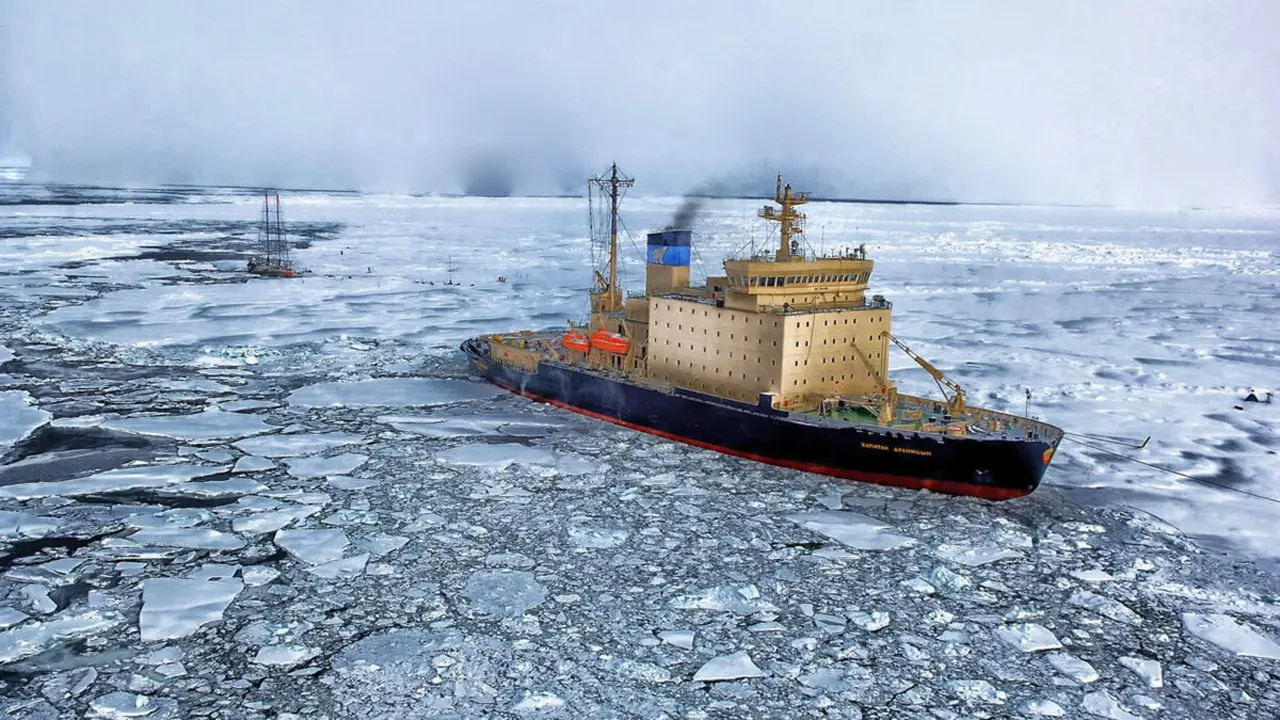Offensive in Kursk: Ukraine breaks the war of positions, which was bleeding them dry, with an incursion into Russian territory
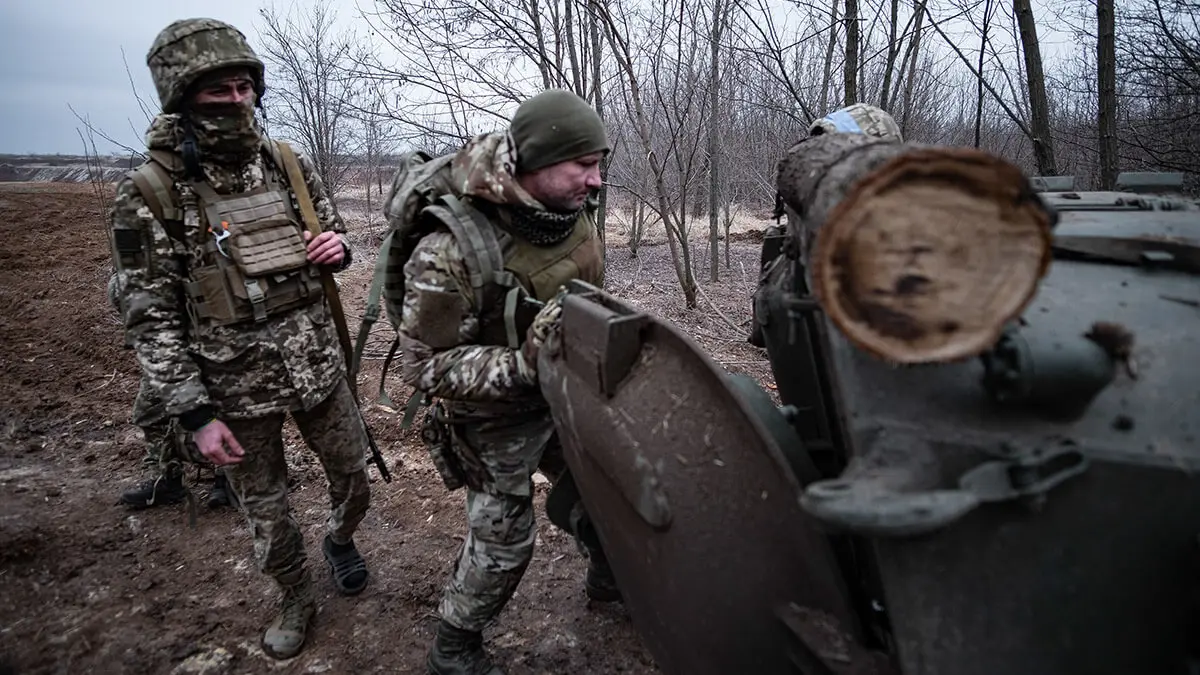
- Background
- Right to self-defence
- Surprise factor
- Blowing up the bridges
- The Kremlin's objective: Donetsk
After eleven o'clock at night, Sumy's anti-aircraft sirens begin to blare thunderously. After two and a half years of war, Ukrainians have learned to live with them and no longer pay much attention to them. But when - after a few minutes - a huge impact rumbles through the centre of the city, there is a rush in the building, and people are running for cover on the corridor landing.
It is the second Russian missile to hit this quiet Ukrainian town so far this week, and it has been launched directly from Kursk - just across the border - where Zelensky's army is currently invading Russia.
This is the first time a country has invaded Russia since Hitler launched Operation Barbarossa in June 1941 at the height of World War II. That was the biggest German military action of the war, and it seemed impossible that such a thing would happen again. It also seemed unlikely that another war would break out in Europe in the 21st century. But that is exactly what is happening.
In little more than two weeks, Ukraine has occupied more than 1,260 square kilometres of Russian territory, controls nearly a hundred towns - from which Ukrainian soldiers themselves send videos showing how they are advancing through the Kursk region - and has captured more than 3,000 prisoners of war.

The Kremlin has been forced to evacuate 200,000 civilians from Kursk and Belgorod - to whom it has promised compensation of just over 100 euros per person to start their lives elsewhere - and has not yet managed to halt the Ukrainian incursion which, although it has slowed down in recent days, continues to advance.
As he gathers ground troops to break the Ukrainian line, Putin is using his aviation against Kiev's soldiers - and incidentally against his own local population, many of whom have not left their homes in Kursk. They are responding with glider bombs against our positions, on both sides of the border, and they are also using helicopters,’ explains one of the thousands of Ukrainian military personnel deployed in Sumy.
Background
The Kursk offensive began on 6 August and was marked by complete operational secrecy for the first few days. The lack of information, coupled with the fact that this was not the first Ukrainian-sponsored incursion on Russian soil, led to the impression at first that it was another small-scale operation carried out by the battalions of Russian citizens fighting on Kiev's side.
The first time such a break-in took place on Russian soil was in March 2023, when the Russian Volunteer Corps commanded by Denis Kapustin barricaded itself for a week in the city of Bryansk. It was only a propaganda coup, but it opened the door for another campaign - this time with drones - to begin a few months later against Russian airfields, refineries, military logistics points and other targets in the Bryansk, Kursk and Belgorod regions.
In March 2024 - coinciding with the Russian elections - these groups of volunteer fighters with Russian passports again carried out another combined raid in Belgorod and Kursk - of which very little tactical information is known. This time three separate battalions joined forces to attack on several fronts: the Russian Volunteer Corps, the Freedom for Russia Legion and the Siberian Battalion - all declared enemies of Putin.
Zelensky assured on every occasion that no Ukrainians had crossed the border - although the logistical and intelligence support of his army was clear - but in this way he did not cross one of the red lines imposed by his partners in the West: not to take the war across their borders.
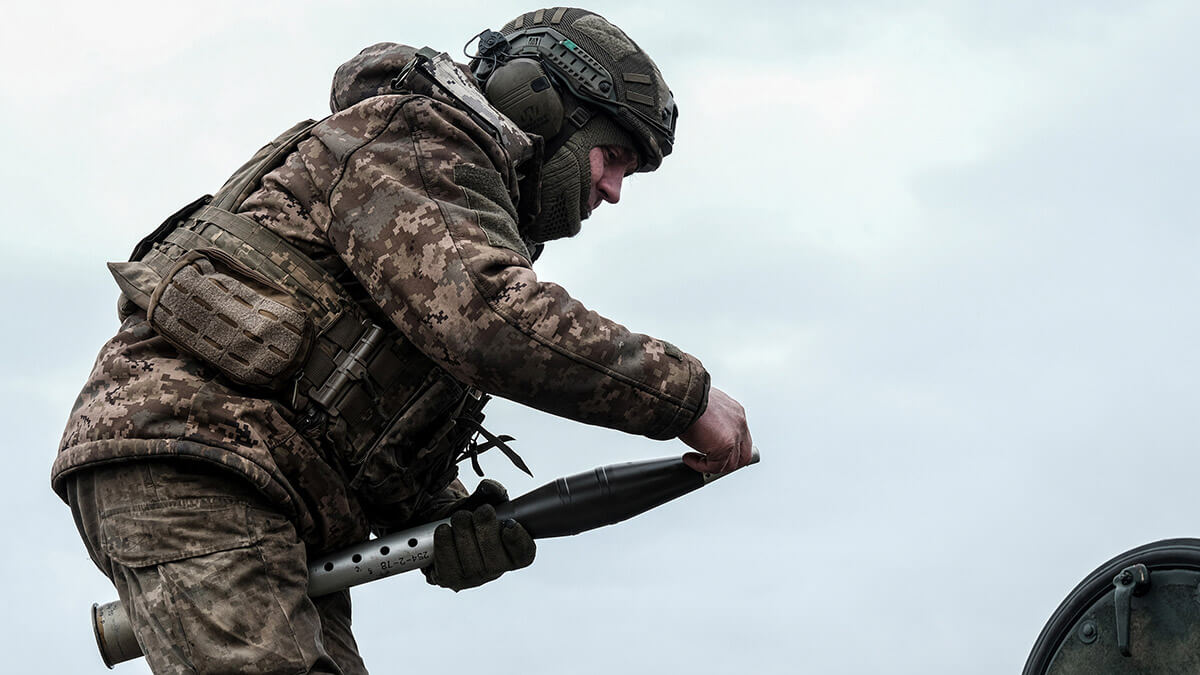
Right to self-defence
The advance through the Kursk region was considerably rapid during the first days of the operation. By the time military spokesmen and Zelensky himself officially acknowledged that they had ‘taken the war to Russia, in its right to self-defence’, the army already controlled 500 square kilometres of territory and held several hundred prisoners.
This has been another of the operation's successes: securing Russian prisoners to increase the ‘exchange fund’. Russia is holding thousands of Ukrainians captive in Dombash detention centres and prisons in Moscow - the exact number is not known because Putin, in violation of the Geneva Conventions, does not make his data available. But with more than 3,000 men already captured by Zelensky's army, the exchanges can be accelerated.
‘The courage of our warriors and the resilience of our brigades are currently compensating for the lack of necessary decisions by our partners’, Zelenski said in another of his recent speeches, again calling for the reactivation of military aid to help them win the war at such a crucial time as this.
On the other hand, the government has acknowledged that Ukraine is not seeking to permanently hold the Russian territory it is occupying: the aim is to generate operational and strategic pressure throughout the theatre of operations. However, the value of the conquered land, and the possibility of exchanging it for Ukrainian territory in the future - if they manage to keep it - should not be underestimated either.
Russia occupies some 120,000 square kilometres in Ukraine, almost 20 per cent of the country: the two almost complete Dombas provinces, southern Zaporiyia, southern Kherson and the Crimean peninsula - annexed in 2014. Compared to the little more than 1,200 square kilometres that Ukrainian forces control on Russian soil, this does not seem like much. But the impact on morale has been enormous.
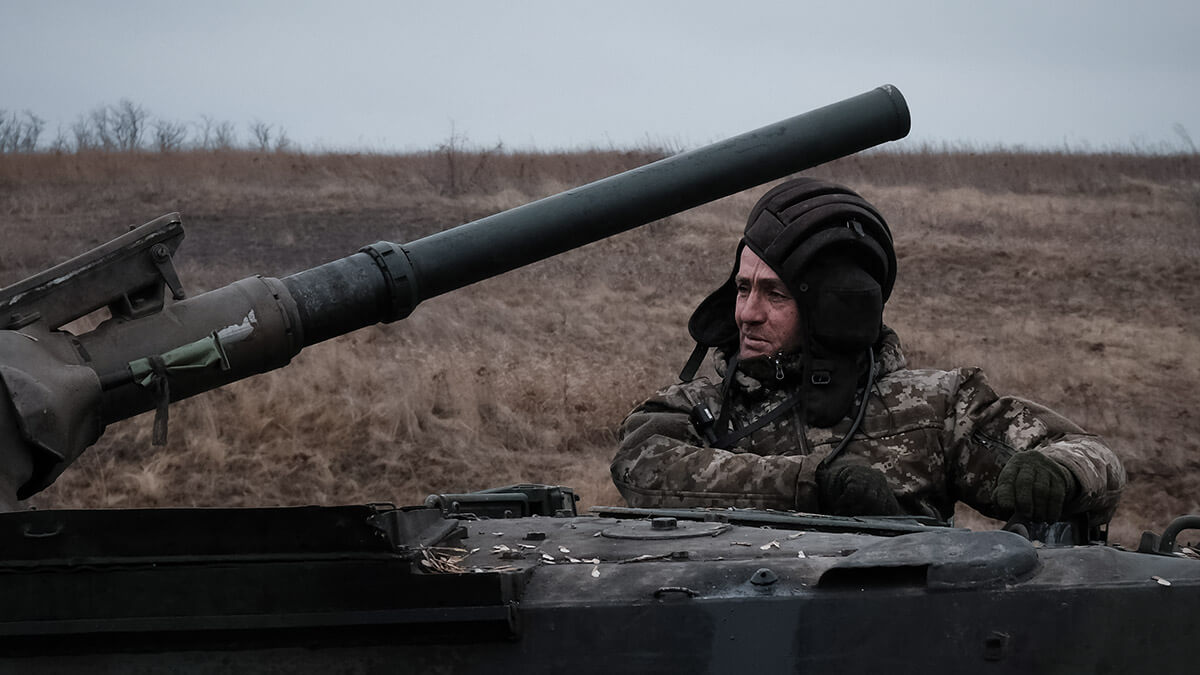
Surprise factor
Like the Kharkiv counteroffensive in 2022, this offensive has boosted troop morale and given a new lease of life to a citizenry. The two operations share other similarities: the most important was the surprise factor. No one expected it.
Not even Kiev's allies, who were not informed in advance. Zelenski could have chosen this moment by taking advantage of the political power vacuum in the United States - his main provider of military aid - where they are busy with their autumn presidential elections. But the reality is that no other Western country has so far reproached the Ukrainian leader.
The red lines that have gradually been crossed - the delivery of Patriot systems, allowing attacks on Russian soil with Western long-range weapons to defend Kharkiv, the use of F-16 fighter jets, etc. - have not led to an escalation of the conflict.
Russian attacks on cities far from the Ukrainian frontline and critical Ukrainian infrastructure can no longer be considered a response to Ukrainian actions: such shelling of civilians occurs on a daily basis, regardless of what the Ukrainians do. And they had already increased dramatically since January this year, according to the UN.
Although Kiev's manoeuvre has been risky, for the first time since the end of the Kharkiv counteroffensive it has the initiative on the battlefield, and is forcing Russia to manoeuvre and change its plans for a response. Ukraine is thus breaking the war of positions that was gradually bleeding them dry, and in which Putin had a clear advantage by not fighting any battles on its territory.
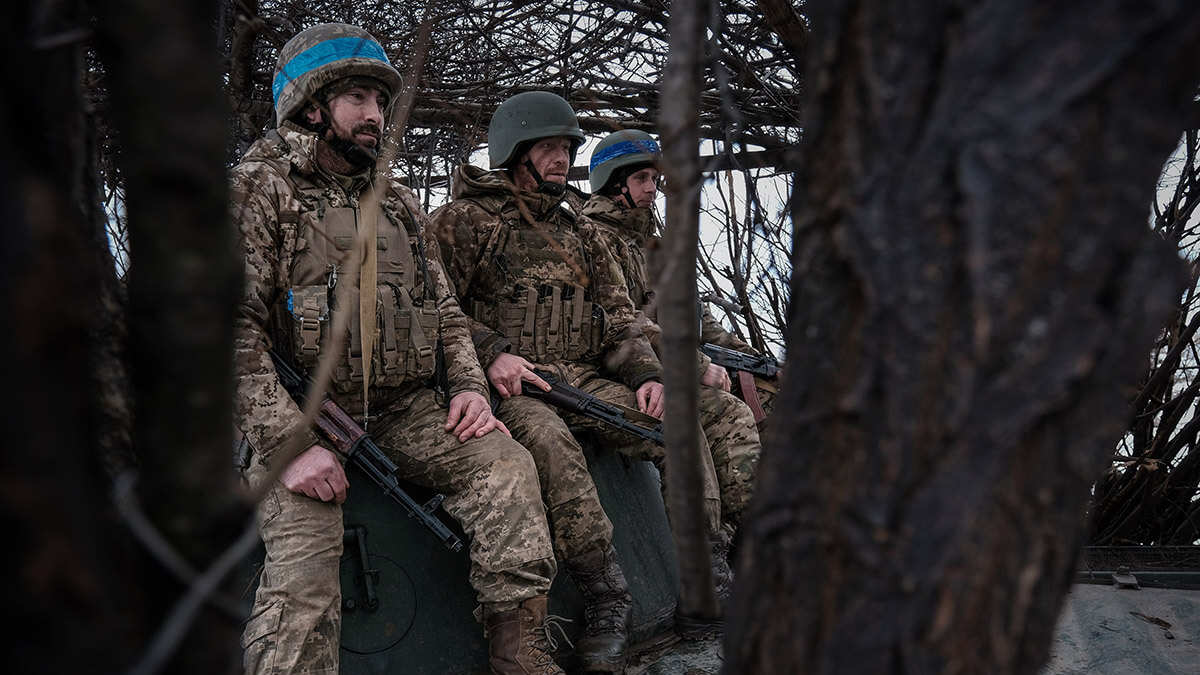
Blowing up the bridges
Looking at the position maps, and their evolution since 6 August, it is clear that the Ukrainian advance is spreading across the width of Kursk. That is to say, instead of advancing in depth, they are extending their line of advance evenly, so that there are no uncovered flanks from which Russian troops can easily attack.
Perhaps this is why the advance has slowed in recent days, with both sides focusing on the same objective: bridges. Ukraine wants to isolate a part of Kursk, while armouring its defensive positions by taking advantage of the watercourses; and Russia wants to impede the Ukrainian advance by putting up natural barriers as well.
As a result, several important bridges over the Seim River have been blown up in recent days. The first was destroyed by Kiev on 16 August, and the Ukrainians are said to have used Western weapons to carry out the mission.
Ukrainian aviation is also actively participating in the Kursk offensive, and the Air Force Command has acknowledged that it is carrying out ‘high-precision attacks on enemy fortifications, logistical centres and supply routes’, targets that also include bridges, such as the second one, which was destroyed on 17 August.
As is normal in any ongoing military operation, the Ukrainian Defence Ministry does not disclose numbers. But there could be more than 10,000 fighters taking part in the offensive in Kursk. On the ground and in the air.
Entire brigades, such as the 22nd Mechanised and the 80th Airborne, were deployed in the Sumy region two months before the incursion was launched. In addition to intelligence and assault groups, the number of drone corps supporting artillery and infantry would also be significant.
It is precisely the intensive use of drones that is another feature of the operations in Kursk. At the moment, the use of these unmanned vehicles - both reconnaissance and attack - is conditioning both strategy and tactics on all fronts in the Ukrainian war. And the offensive in Kursk is no exception.
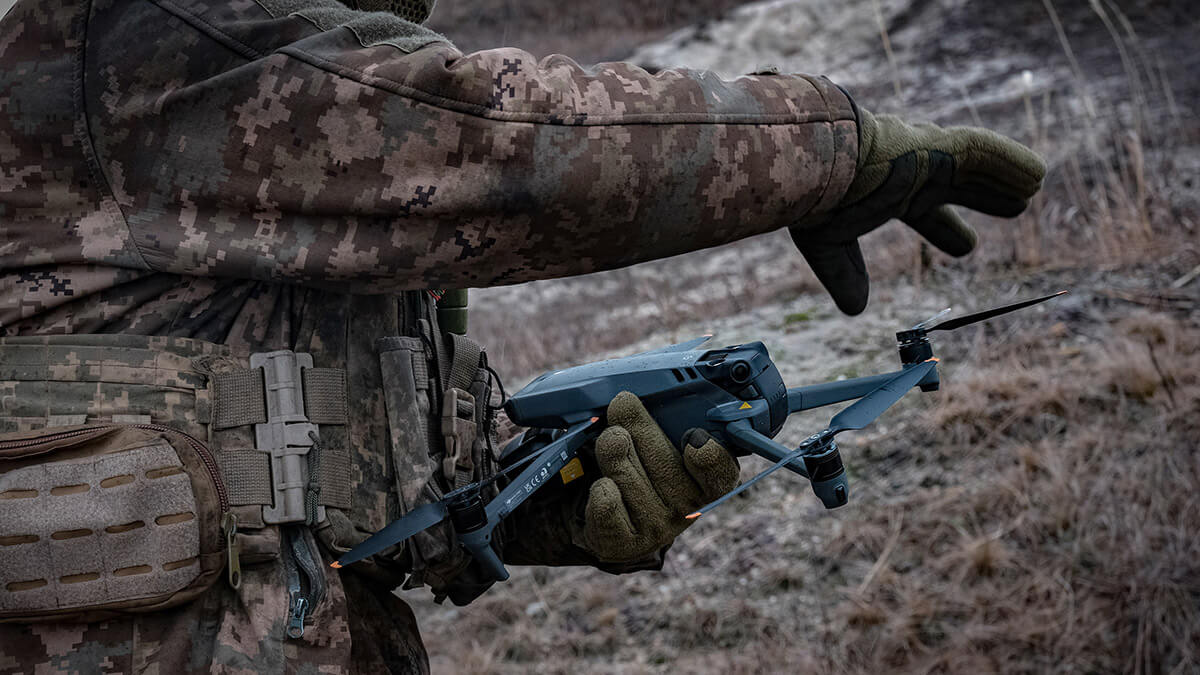
The Kremlin's objective: Donetsk
The other side of the coin is on the front line in Dombas: while Ukraine is invading Russia on its northern border, Ukrainian soldiers fighting in Donetsk are exhausted, and residents of the north of the province - the only part of Dombas still under Kiev's control - have been receiving the following text message on their phones for several days: ‘Dear resident of the Donetsk region: protect yourself and your loved ones, Evacuate!
Tens of thousands of people have settled in cities such as Slovianks, Kramatorsk or Pokrovsk, fleeing the areas occupied by Russian troops - since 2014, when the war in the Dombash began - and may now lose everything again to escape the Kremlin's destruction.
Some fighters who have come as reinforcements here claim that civilians in Pokrovsk have only a few weeks left to evacuate, while the city of Toretsk is already considered lost after fierce urban fighting in recent days.
Russia is intent on turning these cities into a wasteland, just as it did with Avdiivka, and before that with Bajmut. And it is sparing neither men nor ammunition: an average of 3,000 Russian hits - artillery, glide bombs, drones and missiles - are recorded every 24 hours. The Kursk offensive was expected to ease the pressure on the Dombas - as Putin was forced to move troops northwards - but so far this has not happened and the intensity of the fighting is increasing with each passing day.

